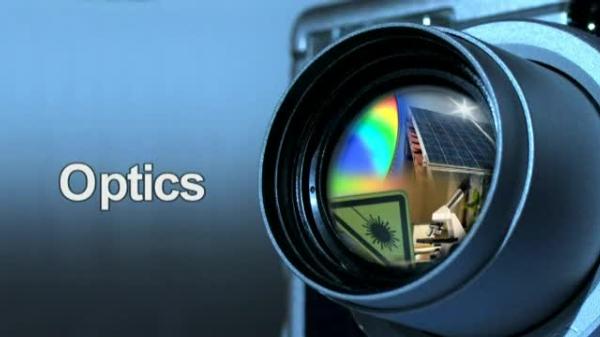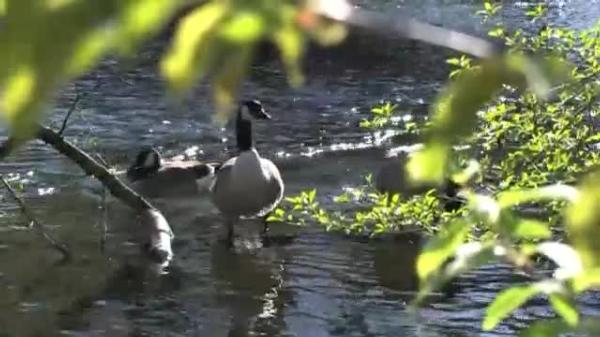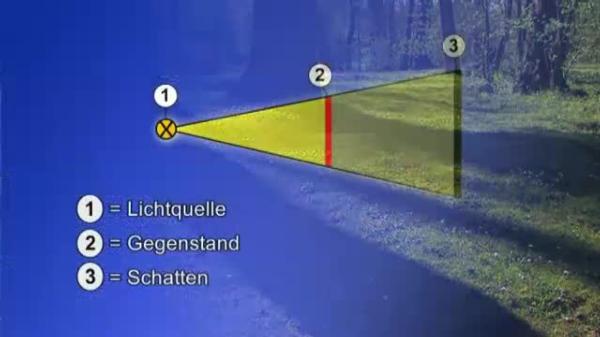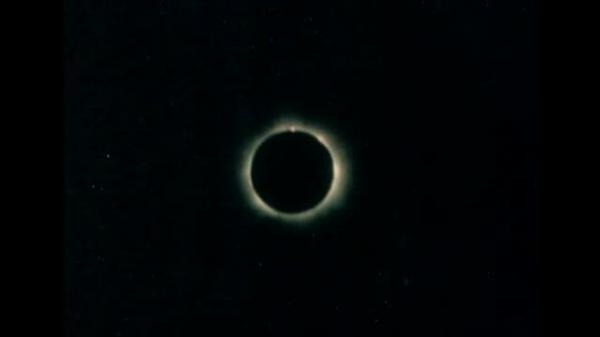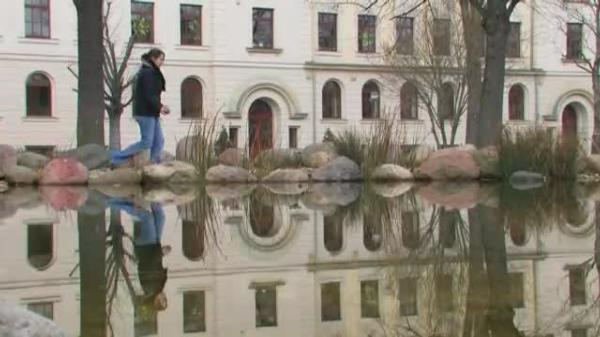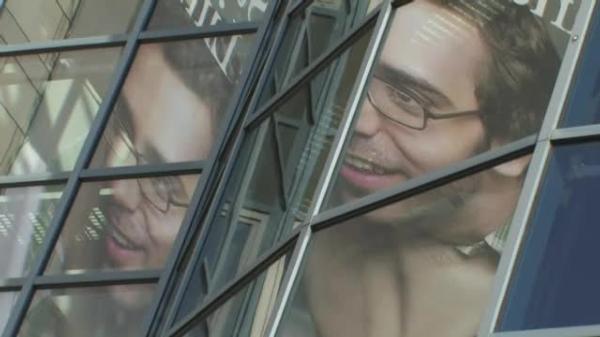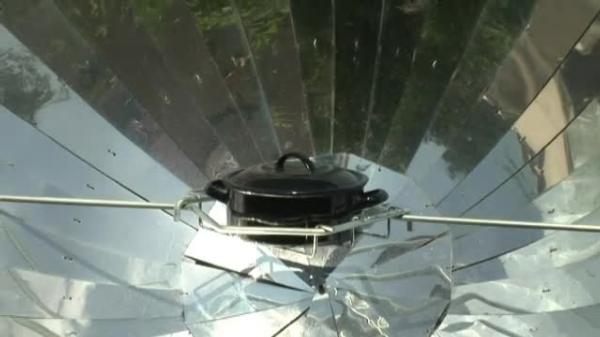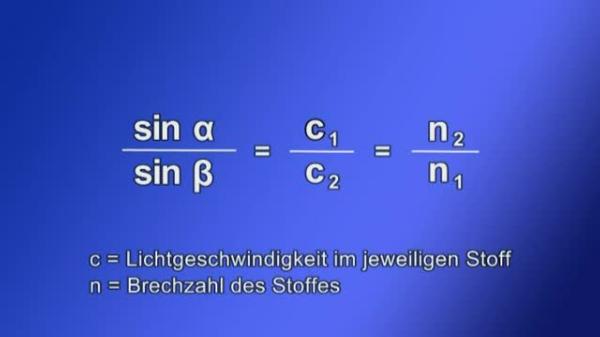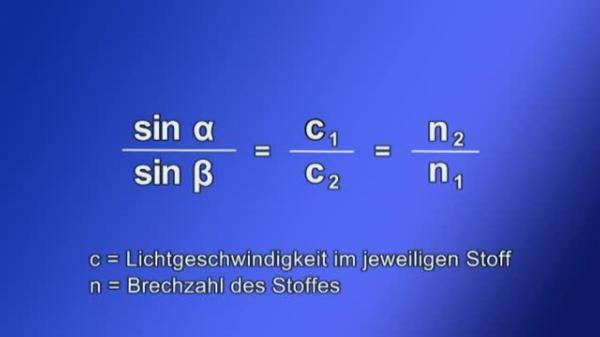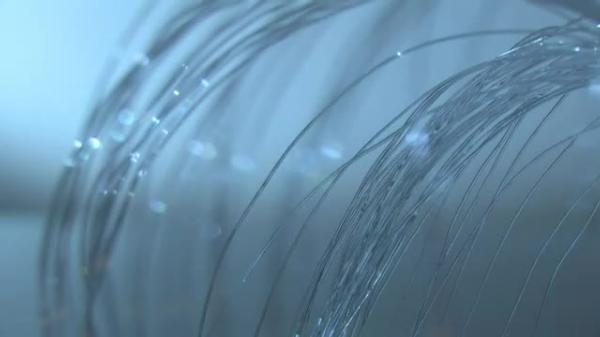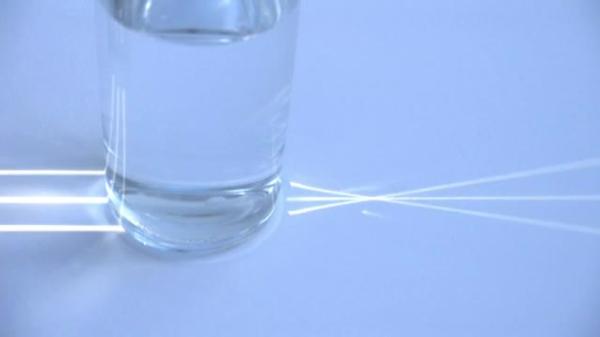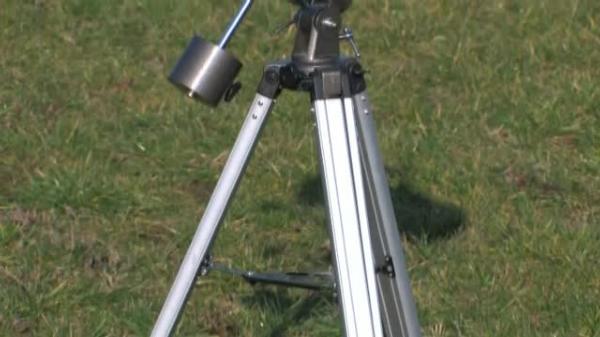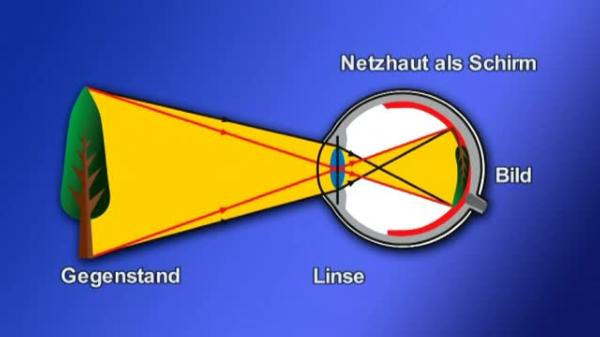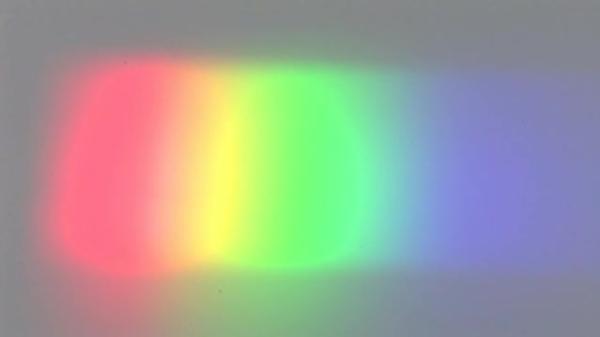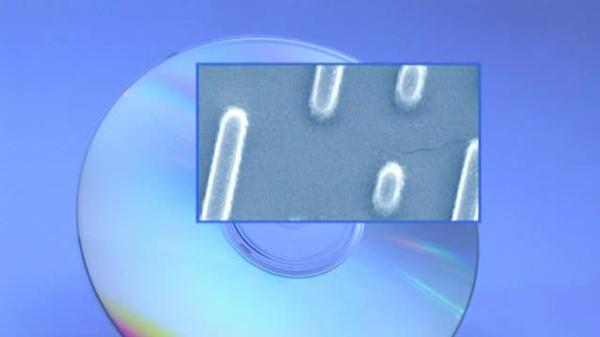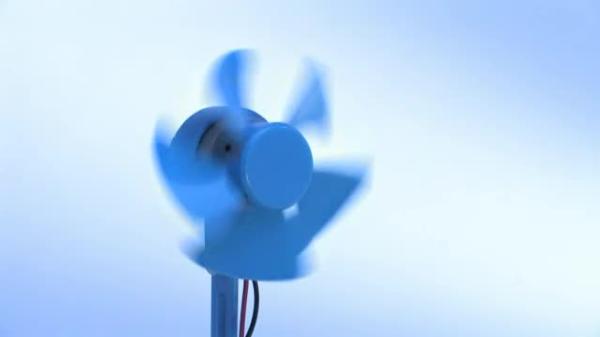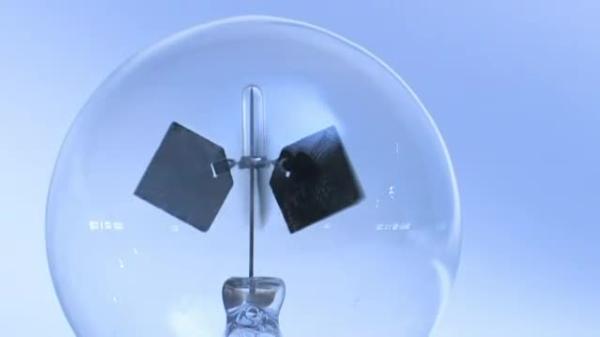Optik
Strahlenoptik

Optics – QualiOpticsties of Light

1. Ray Theory of Light 1.1 Light Sources and Light Rays Light is of fundamental importance for our life on earth. Without it many processes in nature wouldn't work. Without light we could see nothing around us. "Seeing and being seen" - is a common saying. What does that mean in optics? We see objects or people, because these reflect the oncoming light, this reflected light penetrates into our eye and finally a picture is created there. Light sources generate light themselves. All other bodies that only reflect the light falling on them are called illuminated bodies. 1.2 Light and Shadow One possible model for the propagation of light is the ray theory of light. The rays of light originating from a light source propagate in a straight line and in all directions until they hit on obstacles. If theses obstacles are impervious to light, a shadow is created behind them if illuminated accordingly. With several anastigmatic light sources or one extensive source such as the sun or a fluorescent tube dark shadows of varying intensity are created. The deepest shadow is the area behind an opaque body where no light penetrates. 1.3 Lunar Phases, Solar and Lunar Eclipses The different lunar phases, like the new moon, the half-moon or the waning moon are created by the changing positions of sun, earth and moon to each other. Again and again solar and lunar eclipses have been striking spectacles in the sky. They occur because at longer intervals sun, moon and earth are positioned almost in a line. In a solar eclipse part of the surface of the earth is in the shadow of the moon. If this part of the earth lies in the deepest shadow, there is a total eclipse to the observer. If you find yourself in the penumbra area on earth, there is a partial eclipse. In a lunar eclipse the comparatively tiny moon is either partly or completely in the earth's deepest shadow. 2. Ray Theory of Light - Reflections 2.1 Directed and Diffuse Reflection Bright bodies such as glass surfaces, bright house facades or snowfields reflect a lot of light. Dark bodies absorb a lot of light and reflect only a small proportion of it. On smooth surfaces light is reflected in one certain direction. This reflection is called "directed" or "regular" reflection. On a rough surface the reflection is diffuse, that means it goes in different directions. If the incoming beam of light, the perpendicular of the reflected surface and the reflected beam are on one plane, the following applies: incidence angle a and reflection angle a' are equal. The optical path length is reversible. 2.2 Creation of an Image through Reflection in the Flat Mirror When reflected in the flat mirror the object and its reflection are symmetrical. The size remains the same. A mirror image can be seen and photographed. Mirror images cannot be projected on a screen. They are virtual pictures. The development of these pictures can also be observed on window panes and on calm water surfaces. At the first landings on the moon mirrors were put in place which reflect laser light coming from the earth. Thus the distance between earth and moon could be measured fairly accurately. 2.3 Reflections in the Concave aqnd Convex Mirrors In the make-up mirror, at a short distance from the original, an upright, magnified, virtual picture is created. When rays of light hit a concave mirror, they become focal rays through reflection. In the focal point very high temperatures can be reached. In parabolic mirrors light is concentrated in a small area. When the light source is in the focal point, it is emitted after reflection as parallel light. When parallel light hits convex mirrors, it is reflected in the form of a diverging cone of light. Therefore convex mirrors can be found as useful help to prevent blind spots in traffic. 3. Ray Theory of Light - Refraction 3.1 Law of Refraction Where two transparent materials meet, light changes the direction of its propagation, it is diverted from the straight course. For the reference level the law of refraction applies: (sin α is to sin ß as c1 to c2 as n2 to n1) 3.2 Total Reflection as a Special Case of Light Refraction Total reflection is a special case of light refraction. When light passes from an optically denser material into an optically less dense material, it is reflected totally from a critical angle on. In an aquarium the total reflection at the interface of water and air can be observed. The core of the light conductor cable consists of an optically denser glass, quartz or synthetic material covered by an optically less dense sheath. So the light is totally reflected into the core again and again. Here the colourful spots of light appear, because there is a colourful disc at the end of the light conductor cable. 3.3 Converging Lenses and Dispersing Lenses Converging lenses are of optically permeable materials. As to their form, they are denser in the centre than at the edge. Therefore the light initially concentrates in the focal point of the lens after going through the lens and undergoing refraction. Depending upon the distance of the object from the lens, virtual, that is apparent or real pictures can be created. Real pictures can be projected on a screen. Magnifying glasses are converging lenses where the object is within the single focal length. Thus magnified, equally positioned, the right way around, virtual pictures are created. Dispersing lenses refract parallel light into diverging directions and the other way round. With dispersing lenses a reduced, upright, the right way around and virtual picture is created, independently of the distance of the object. 3.4 Optical Instruments The simple microscope has got two converging lenses, the objective and the ocular, which work as a system. The real intermediate picture that is formed behind the first lens is again magnified by the second lens. The result is a greatly magnified, virtual picture of the object. With astronomic telescopes very far-away objects like stars and planets can be rendered visible. The intermediate picture is reduced, real, upside down and the wrong way around. Through the second lens a magnified, virtual, upright and the right way around picture is formed. With cameras real pictures of objects can be captured on a film or a semiconductor storage. When the object is outside twice the focal length, the pictures are reduced, upside down and the wrong way around. 4. The Eye and Keen Eyesight When light falls from an object onto the eye, this light is refracted at the cornea and the lens of the eye. In the retina a real upside down, reduced picture is created. The eye lens is a flexible converging lens. It is located behind the cornea and in front of the vitreous body. Directly on the vitreous body there is the retina, then follows the choroid coat, well supplied with blood, and on the outside the dermis corium. After the light has gone through the eye lens an upside down, the wrong way around and real picture is formed on the retina. The light receptor cells register this and transmit it through the optic nerve to the brain. The pupil is the opening that regulates the incidence of light. In strong light it contracts. This causes an optimal light intensity to fall on the lens of the eye. Visual defects are the result of deviations in the structure or the functioning of the eye. The visual defects lead to the creation of blurred pictures on the retina. Many visual defects can be corrected by adjustment through glasses. 5. Wave and Quantum Theory of Light 5.1 Dispersion of Light The spectral decomposition of the white light can be explained with the wave theory. Light waves are electromagnetic waves and light possesses wave qualities like wavelength, diffraction and interference. In the prism the dispersion of light is created through refraction. The surface of a CD consists of pits, that is indentations, and lands. Consequently light is reflected diffusely and afterwards there are interferences. A diffraction spectrum is created. The visible area is followed by the areas of infrared and ultraviolet light. Ultraviolet light can be used for testing whether bank notes are genuine. 5.2 Spectrum of Diffraction If you cause the monochrome light of a laser to fall on an optical lattice, you don't see, as perhaps expected, the bars, but single bright strips. These maxima are formed, because the light is diffracted around the small obstacles and the waves overlap. 5.3 Solar Cell The functioning of a solar cell can only be explained by a third theory of light, the quantum theory. The photons of the arriving light push the electrons in the semiconductor onto a higher level, on a conductor belt. For this the photons have to transmit a particular energy value to the electrons. Between p- and n-area electric current can flow now. 5.4 Solar Radiometer Inside the glass sphere there is a partial vacuum to reduce the air resistance. The light is more thoroughly absorbed by the black side of the metal chips. On the black surfaces a higher pressure is created through interaction with air molecules than on the bright surfaces. Through a pressure pulse the rotation of the impeller is achieved. Light is energy. Without light, every-day life as we know it is not possible. Without light there would be no life on our planet.

